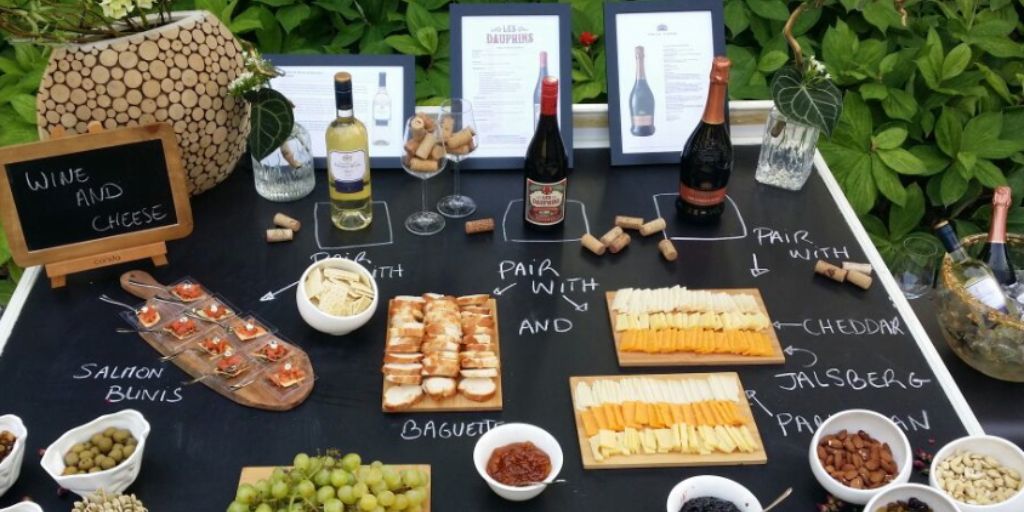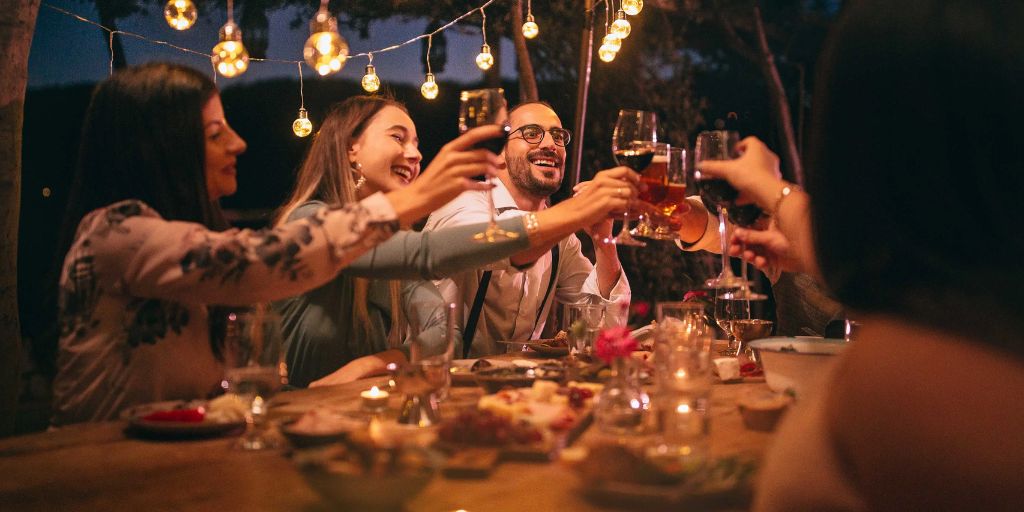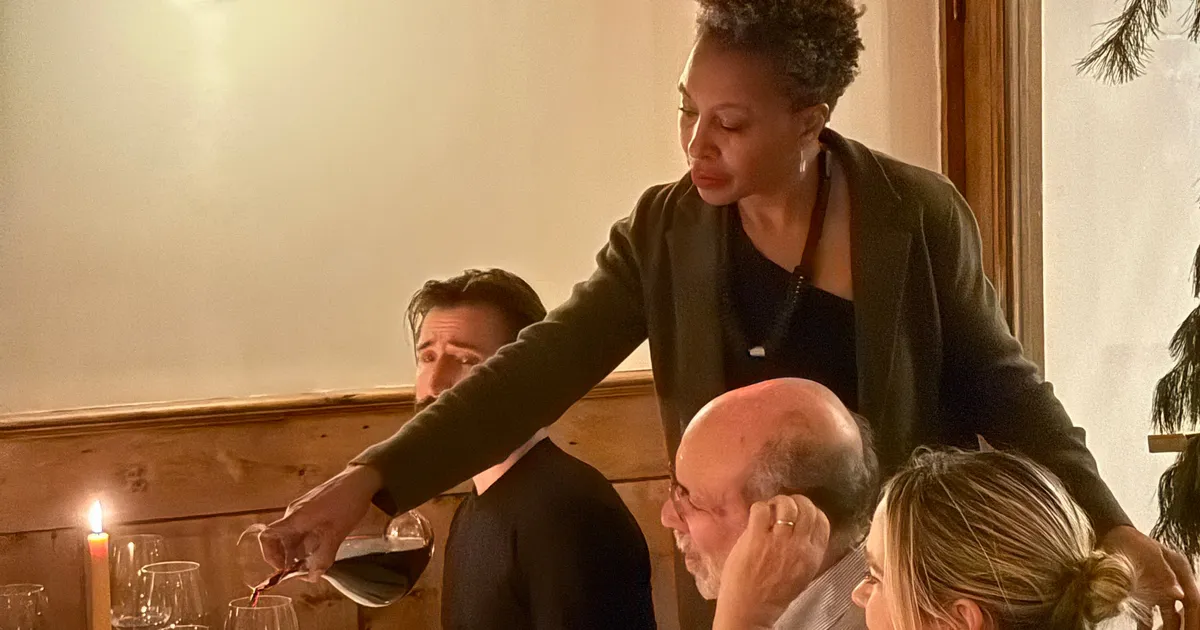Hosting a wine tasting party at home is a fun and elegant way to bring friends together and explore new flavors. Whether you’re a seasoned wine enthusiast or a curious beginner, a tasting party offers the chance to learn, compare notes, and enjoy great conversation in a relaxed setting.
The best part? You don’t need to be a sommelier or have fancy equipment to pull it off. With a little planning and creativity, your event can be both educational and enjoyable. Here’s your step-by-step guide to hosting a successful wine tasting party at home.
1. Choose a Theme
A clear theme keeps the tasting focused and makes wine selection easier. Here are a few popular ideas to consider:
-
By Variety: Focus on a single grape type (like Cabernet Sauvignon or Chardonnay) from different regions.
-
By Region: Sample wines from a specific country or wine region, such as Napa Valley, Bordeaux, or Tuscany.
-
Old World vs. New World: Compare wines of the same variety from traditional European regions and modern wine-producing countries.
-
Price Point: Taste wines within a specific budget range or compare high-end bottles with affordable options.
-
Blind Tasting: Cover the labels and let guests guess the grape, region, or price.
Pick a theme that suits your group’s interests and experience level, and aim for about 4 to 6 different wines to keep the tasting manageable.
2. Set Up Your Space
Create a comfortable, uncluttered area where guests can gather, sip, and chat. Set up a central tasting table with the following essentials:
-
Glasses: Provide at least one glass per person, or ideally one for each wine if you have enough. Clear glasses with tulip-shaped bowls work best.
-
Water: Keep plenty of water on hand for rinsing glasses and staying hydrated.
-
Dump Bucket: Have a bucket or large bowl where guests can discard excess wine.
-
Palate Cleansers: Plain crackers, breadsticks, or mild cheese help cleanse the palate between tastings.
-
Note Cards & Pens: Let guests jot down their impressions of each wine.
-
Spittoons: Optional, but useful for guests who want to taste without drinking too much.
A white tablecloth or placemat can help guests better see the color of each wine, and soft lighting with candles or string lights adds a cozy touch.
3. Prepare Your Wine
Order your wines ahead of time and ensure they’re served at the right temperature:
-
White & Rosé Wines: Chill to around 45–50°F (7–10°C).
-
Sparkling Wines: Chill to 40–45°F (4–7°C).
-
Red Wines: Serve slightly below room temperature, around 60–65°F (15–18°C).
If you’re doing a blind tasting, wrap each bottle in foil or paper bags and number them. Open wines 30 minutes before tasting (especially reds) to let them breathe unless otherwise noted.
4. Plan Food Pairings
While the focus is on wine, offering a selection of light snacks keeps guests satisfied and can highlight different wine characteristics. Here are a few simple ideas:
-
Cheese Board: Include a mix of soft (Brie, goat cheese), hard (Parmesan, Manchego), and blue cheeses.
-
Charcuterie: Offer prosciutto, salami, and pâté.
-
Fruits & Nuts: Grapes, apple slices, dried apricots, almonds, and walnuts.
-
Savory Bites: Olives, marinated artichokes, and crostini with spreads.
Avoid heavily spiced or strongly flavored foods that could overwhelm the wines.
5. Guide the Tasting
Once your guests are ready, guide them through a simple tasting process:
-
Look: Examine the wine’s color and clarity. Is it pale or deep? Clear or cloudy?
-
Swirl: Swirling helps release aromas. Show guests how to gently swirl their glasses.
-
Smell: Take a moment to inhale deeply. Encourage guests to describe what they smell—fruit, flowers, herbs, earth, or oak.
-
Taste: Take a small sip, swish it around, and note the flavors, body, acidity, and tannins.
-
Finish: Notice how long the flavor lingers after swallowing.
If you’re not confident leading the tasting, you can print a basic guide or use tasting apps to provide prompts and vocabulary.
6. Make It Interactive
To keep the party lively, incorporate a few interactive elements:
-
Guess the Wine: During a blind tasting, award prizes for correct guesses on grape, country, or price.
-
Voting: Have guests vote on their favorite wine at the end of the night.
-
Themed Trivia: Prepare a few fun wine-related questions for a mini-quiz.
-
Photo Booth: Set up a spot with props (wine glasses, corks, funny hats) for memorable photos.
These little touches add a playful vibe and get everyone engaged.

7. Handle Logistics
Plan for about ½ bottle per person if you’re offering a range of wines, and consider guests’ transportation home—encourage ride-sharing or designate drivers if needed. It’s also helpful to have a few extra bottles on hand in case the party extends or guests want to revisit a favorite wine.
8. Add Special Touches
For a polished finish, consider these extras:
-
Printed Menus: List the wines and any key tasting notes or food pairings.
-
Take-Home Favors: Mini wine bottles, corkscrews, or custom wine charms make great souvenirs.
-
Themed Decor: Match your decor to your theme—rustic touches for an Italian night, or sleek modern accents for a Napa Valley vibe.
The Bottom Line
A wine tasting party at home is all about sharing a memorable experience with friends while learning a bit more about what’s in your glass.
With thoughtful planning, a simple theme, and a relaxed attitude, your event can strike the perfect balance between educational and fun. So uncork a few bottles, set the scene, and let the tasting begin—cheers to a great night ahead!


